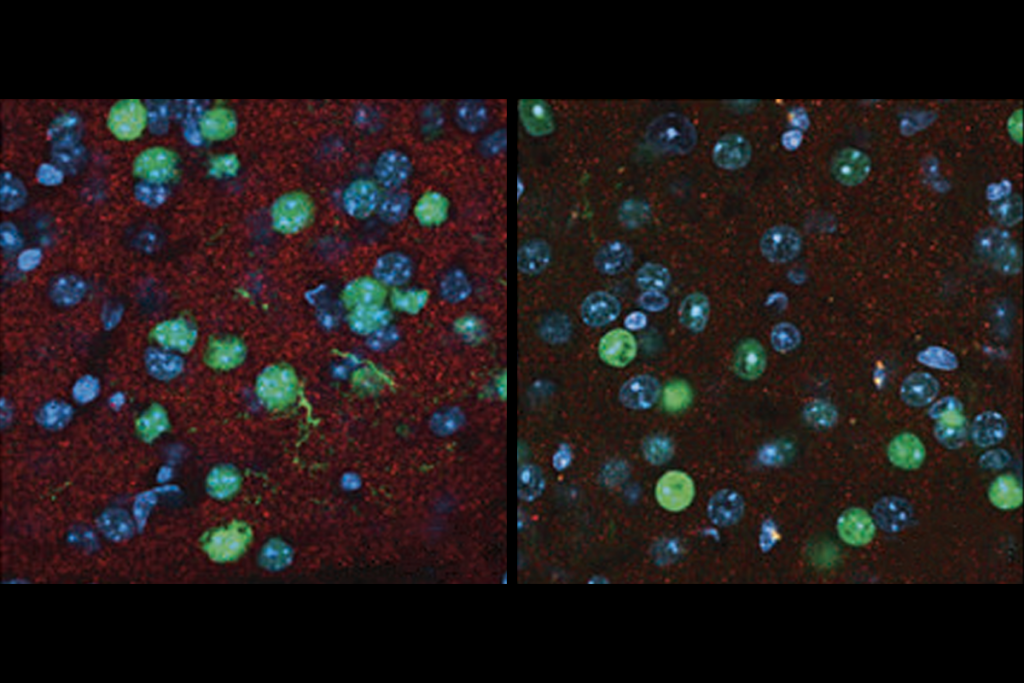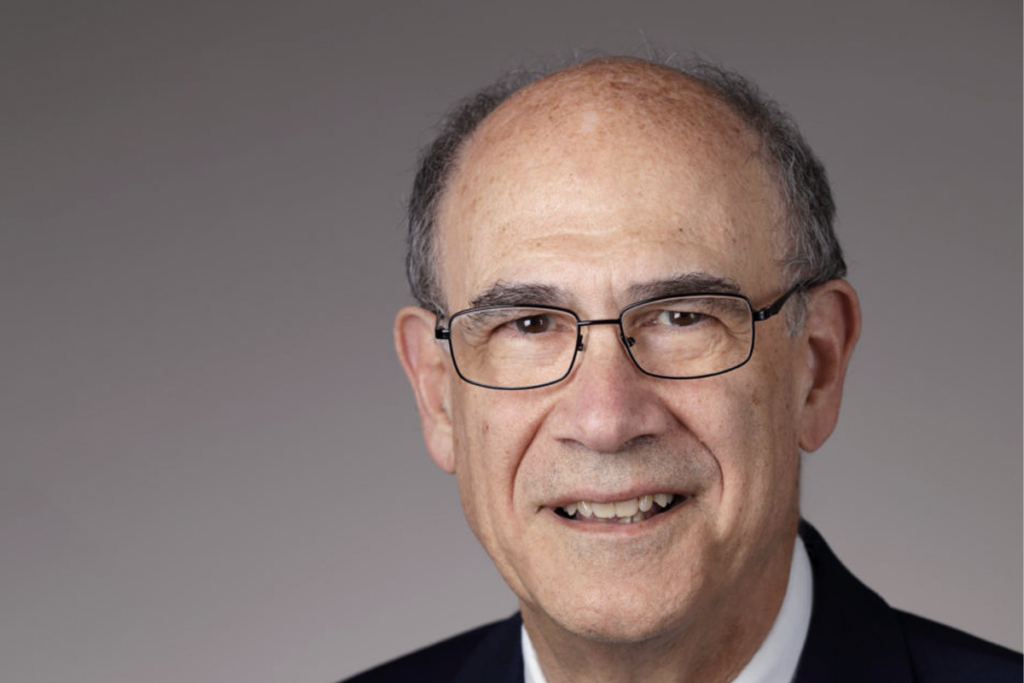Flora Vaccarino
Professor
Yale University
From this contributor
Promise and pitfalls of induced stem cells for autism
Induced pluripotent stem cells, which have the ability to become any cell type, including neurons, offer a powerful way to study neuropsychiatric disorders. But for this approach to reach its full potential, researchers must first address several challenges, such as variability between cell lines, say Flora Vaccarino and Jessica Mariani.

Promise and pitfalls of induced stem cells for autism
Explore more from The Transmitter
SHANK3 deficiency and behavior in mice; and more
Here is a roundup of autism-related news and research spotted around the web for the week of 24 November.

SHANK3 deficiency and behavior in mice; and more
Here is a roundup of autism-related news and research spotted around the web for the week of 24 November.
Remembering Mark Hallett, leader in transcranial magnetic stimulation
The long-time NINDS researcher, best known for studying movement disorders, has died at age 82.

Remembering Mark Hallett, leader in transcranial magnetic stimulation
The long-time NINDS researcher, best known for studying movement disorders, has died at age 82.
Autism scientists push back on CDC’s inaccurate vaccine claims
The CDC website now falsely suggests that autism-vaccine research is still an open question, prompting distrust among researchers—some of whom anticipate “more unreliable statements coming from the junta that took over” the agency.

Autism scientists push back on CDC’s inaccurate vaccine claims
The CDC website now falsely suggests that autism-vaccine research is still an open question, prompting distrust among researchers—some of whom anticipate “more unreliable statements coming from the junta that took over” the agency.